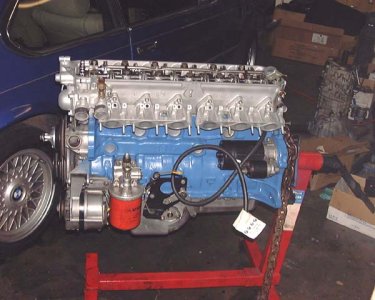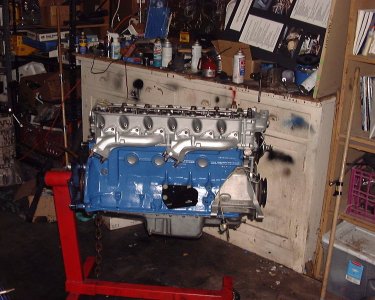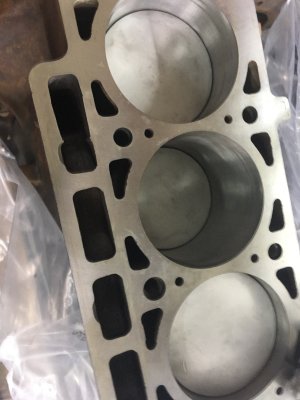From https://en.wikipedia.org/wiki/Octane_rating:
Anti-Knock Index (AKI) or (R+M)/2
In most countries, including Australia, New Zealand and all of those in Europe,[citation needed] the "headline" octane rating shown on the pump is the RON, but in Canada, the United States, Brazil, and some other countries, the headline number is the average of the RON and the MON, called the Anti-Knock Index (AKI), and often written on pumps as (R+M)/2. It may also sometimes be called the Posted Octane Number (PON).
Difference between RON, MON, and AKI
Because of the 8 to 12 octane number difference between RON and MON noted above, the AKI shown in Canada and the United States is 4 to 6 octane numbers lower than elsewhere in the world for the same fuel. This difference between RON and MON is known as the fuel's Sensitivity,[4] and is not typically published for those countries that use the Anti-Knock Index labelling system.
"Regular Gasoline" in Australia, New Zealand and the US: 91–92 RON = 87AKI
"Premium" or "Super unleaded" gasoline in US (10% ethanol blend) 97 RON = 92-93AKI
Anti-Knock Index (AKI) or (R+M)/2
In most countries, including Australia, New Zealand and all of those in Europe,[citation needed] the "headline" octane rating shown on the pump is the RON, but in Canada, the United States, Brazil, and some other countries, the headline number is the average of the RON and the MON, called the Anti-Knock Index (AKI), and often written on pumps as (R+M)/2. It may also sometimes be called the Posted Octane Number (PON).
Difference between RON, MON, and AKI
Because of the 8 to 12 octane number difference between RON and MON noted above, the AKI shown in Canada and the United States is 4 to 6 octane numbers lower than elsewhere in the world for the same fuel. This difference between RON and MON is known as the fuel's Sensitivity,[4] and is not typically published for those countries that use the Anti-Knock Index labelling system.
"Regular Gasoline" in Australia, New Zealand and the US: 91–92 RON = 87AKI
"Premium" or "Super unleaded" gasoline in US (10% ethanol blend) 97 RON = 92-93AKI





